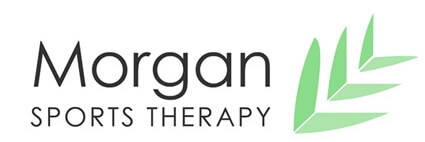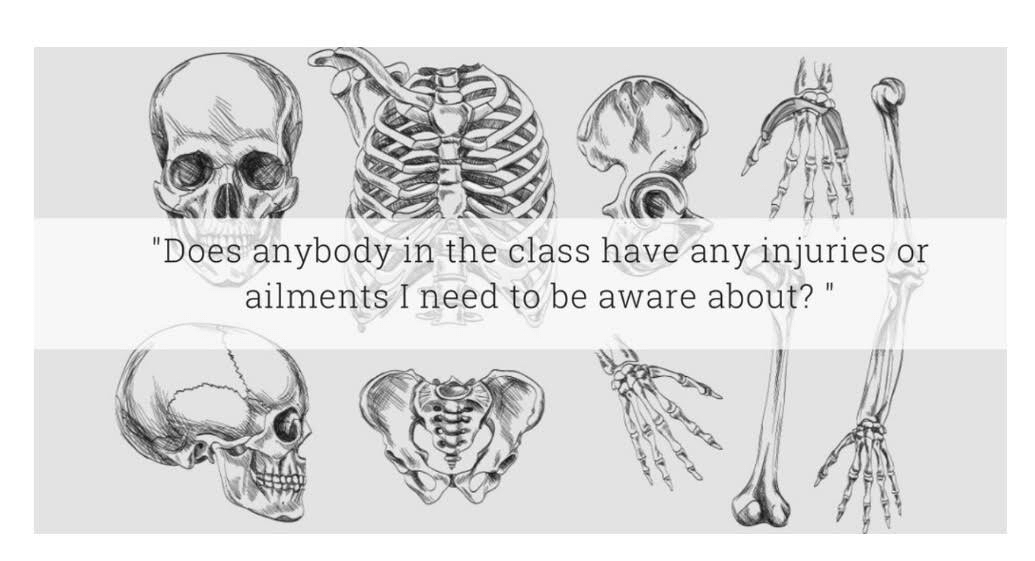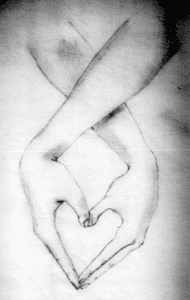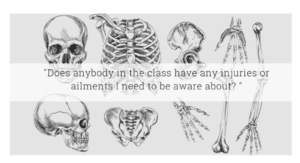This week I got together with the Yoga teachers I work alongside for a YOGAJAM to discuss hypermobility. I have treated people for injuries sustained due to this condition as my ballet and yoga background can attract the ‘flexible’ and they can get pushed too far. Some people are inherently ‘hypermobile’, but it can also happen through pushing the joint too far and injury where the ligaments allow joints to move well outside the normal range. While some people are used to making the appropriate modifications to deal with hypermobility, others might also be used to moving with an emphasis on pushing the body to the furthest range of every muscle, because of a lack of awareness and compassion for the body.
In these cases often the soft tissues are stretched beyond a point where they can recover to a normal holding position. By adhering to principles of alignment, bringing a certain kind of “wholeness” to the movement, rather than sagging in certain spots, or pushing to the fullest extent in other areas, muscles can be strengthened to protect the hypermobility.
Julie Gudmestad, a Physiotherapist who has spent 40 years combining the interface of yoga and rehabilitation therapy, provides us with a few guidelines to not exacerbate an injury:
Perhaps it’s a strained muscle, a torn rotator cuff, or even a sprained ankle. While often these terms are used interchangeably and all refer to internal disruption of the structure, whether it be a mild strain or major tear, in medical terms, they are used more specifically. This has significance because the degree of damage determines what level of care is required to support healing.
If a muscle, ligament, or tendon is torn completely apart, that body part won’t usually function. A person won’t be able to raise the arm overhead with a torn rotator cuff muscle, or walk on a knee with a torn ligament. If the damage is mild or moderate, without a major or complete tear, the treatment plan isn’t clear-cut and requires more judgment on the part of professional caregivers, and the body’s owner.
1. Avoid painful activities and positions.
While the body is trying to repair and “stitch up” the torn tissues, pain indicates that the healing process is being disturbed and the new repairs are being torn up. At best, it will take even longer for the injury to heal; at worst, the tissues could be injured more severely.
2. Avoid the position and activity that caused the injury.
This will minimise disturbance of the healing process. For example, if the lower-back muscles were strained while bending over to pick up a heavy object, forward bending could reinjure that area. If an ankle sprain occurred when the foot slipped off the outer edge of a clog, grounding the outer edge of the back foot in a similar standing position reproduces the mechanism of injury.
3. Know when to encourage immobilisation.
Mild muscle strains, including stiffness and soreness from overworking in a new activity, shouldn’t be immobilised: Don’t spend 48 hours lying on the sofa with back muscle soreness after the first gardening day in spring. In fact, some gentle movement helps circulate the blood through the injured tissues, facilitating healing. However, with more serious injuries, such as a sprained ankle or knee ligaments that are swollen and painful, immobilising the area with a bandage or brace allows the body to go about stitching up the tissues without repeated disturbance.
4. Gradually rebuild activities.
Encourage gentle movement and very gentle stretching of the injured area as the pain subsides. Depending on the severity of injury, it takes time to rebuild the strength and flexibility of the injured area. If you return to full activities after a week or more of rest-and-repair time, chances are good that the de-conditioned tissues will be re-injured. These suggestions should be followed during the acute phase, when the injury is still painful and inflamed (red, swollen, and hot), which may last a few days with a mild condition or a few weeks or even months with a more serious injury.
Encourage them to listen to their bodies and make choices that will lead them toward health and wholeness, not repeated and chronic injuries. Don’t urge them to push into or “work through” pain, especially in an injured area. Stretching isn’t a panacea for every musculoskeletal problem – it can actually make an injury worse. Sometimes a period of stillness, to allow the body’s innate healing process to take over, is just what the doctor ordered.
Namaste




Recent Comments